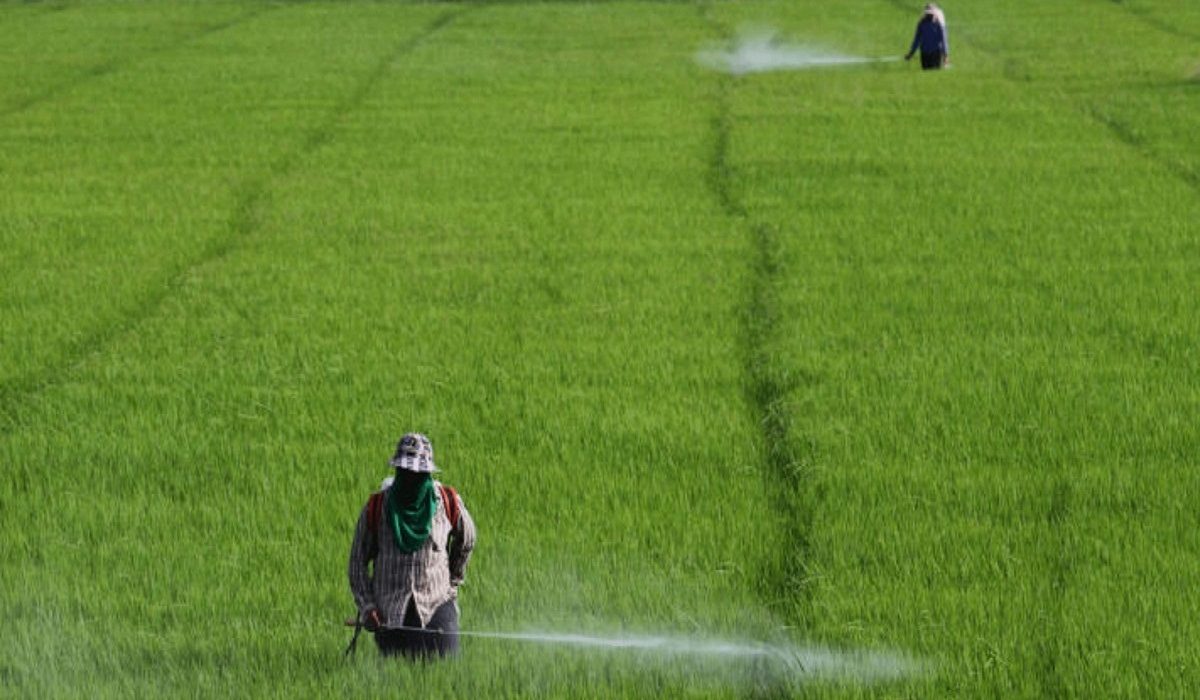A recent study has revealed a hopeful development in the struggle against global warming and ozone layer degradation. According to the study, cutting agricultural nitrous oxide (N2O) emissions is conceivable without interfering with the ozone layer’s recovery. This discovery is essential because N2O, a highly potent greenhouse gas, is in the environment at alarming rates, considerably contributing to global warming.
Rising Concern of Nitrous Oxide:
Nitrous oxide is around 300 times more powerful in absorbing heat in the environment than carbon dioxide. The intensity of it has been increasing dramatically, with agriculture playing a major role. Fertilizers, manure, and various agricultural operations emit large volumes of N2O into the environment. As a result, there is an urgent need to devise and execute ways to limit these emissions.
The Research Milestone:
The University of Sheffield’s new research looks into creative agricultural practices that can reduce N2O emissions without jeopardizing ozone layer regeneration. The research, published in the Nature Journal npj Climate and Atmospheric Science, indicates that employing specific fertilizers and increased rock weathering can dramatically reduce N2O emissions from agriculture. Enhanced rock weathering is the application of broken basalt rocks to soil to help soak CO2 while lowering N2O emissions.
Innovative Strategies:
The research group from the University of Sheffield’s Leverhulme Centre for Environmental Change Mitigation used a cutting-edge earth system model to simulate the consequences of these strategies under various climate scenarios. They concentrated on fertilizers with inhibited nitrification and improved rock weathering. Nitrification inhibitors are chemicals that limit the conversion of ammonium to nitrate, resulting in lower N2O emissions.
By integrating these strategies, the study presents a realistic N2O reduction strategy. The studies revealed that these strategies could decrease agricultural nitrogen dioxide emissions by roughly 25% while allowing the ozone layer to regenerate. This is especially important since it links farming procedures with worldwide climate and ozone mitigation efforts like the Montreal Protocol.
Balancing Climate Protection and Ozone Layer Preservation:
The endeavor is unique in that it combines climate change reduction and ozone layer preservation. Traditionally, these two locations were treated independently. However, the study found that lowering N2O emissions has two benefits: it helps to chill the globe by lowering amounts of greenhouse gases and saves the ozone layer from continuing deterioration.
The researchers’ model accounted for other key atmospheric chemicals, such as chlorofluorocarbons (CFCs), as well as various future temperature scenarios. This comprehensive methodology meant that the possible effects of N2O reduction techniques on the ozone layer were fully assessed.
Economic and Environmental Advantages:
One of the study’s significant results is that the suggested approaches for lowering N2O emissions are both effective and cost-free concerning of mutual benefits. Improved rock weathering, for example, provides farmers with financial savings. It decreases the need for expensive chemical fertilizers while also lowering the possibility of nitrate seeping into water bodies, thus safeguarding natural habitats.
The economic analysis of the paper shows that these strategies are cost-effective and potentially result in significant financial savings. This is critical because it makes these approaches more attractive to farmers, perhaps leading to wider adoption.
Impacts of Policy and Agriculture:
Dr. Maria Val Martin, a UKRI Future Leaders Member at the University of Sheffield’s School of Biosciences and co-author of the study stressed the significance of aligning agricultural methods with international climate and ozone protection measures. She raised hope that the results would persuade policymakers to more strongly incorporate N2O reduction strategies into climate action strategies.
“The results demonstrated that a practical utilization of fertilizers with inhibited nitrification and increased rock weathering might lower farm N2O emissions by roughly 25% while not impeding ozone recovery. This promotes the synchronization of agricultural practices with worldwide climate and ozone protection regulations, such as the Montreal Protocol,” Dr. Val Martin explained. “We hope this will motivate authorities to incorporate N2O mitigation strategies more effectively into climate action strategies and could contribute to new laws and rewards for farmers to implement these practices.”
Professor David J Beerling, Director of the Leverhulme Centre for Climate Change Mitigation and co-author of the study, emphasized the findings’ larger implications. He stated that the study emphasizes the necessity of N2O reduction for sustainable farming. This is consistent with attempts to achieve net-zero emissions while also promoting expanded agricultural production for worldwide population growth.
“The study identified cost-effective techniques for lowering nitrogen oxide emissions, such as increased aging of agricultural lands with broken basalt. According to Professor Beerling, these approaches save farmers money and can lower the overall cost of meeting climate targets, benefiting taxpayers and consumers.
Direction Ahead:
The consequences of this study are substantial. It proposes a road forward in which agriculture may play a critical role in reducing climate change while not harming the ozone layer. This twofold benefit is critical for creating holistic environmental policies which tackle many concerns at once.
As the world’s population grows, so will the demand for food, making it critical to develop agricultural methods that avoid worsening climate change. The University of Sheffield’s study provides a plausible option that satisfies these needs.
Conclusion:
The University of Sheffield’s discovery represents a big step forward in the fight against environmental issues and ozone depletion. The work provides optimism and guidance for future environmental strategies by demonstrating that nitrogen dioxide emissions from agriculture can be reduced without impeding the ozone layer’s recovery.
This novel method of applying specific fertilizers with inhibited nitrification and increased rock weathering provides a realistic, cost-effective approach to benefit both the environment and its inhabitants. As these studies gain traction, it is projected that they will lead to broad adoption of these techniques, resulting in a happier, more sustainable world for everybody.

